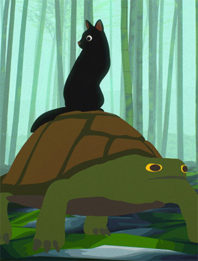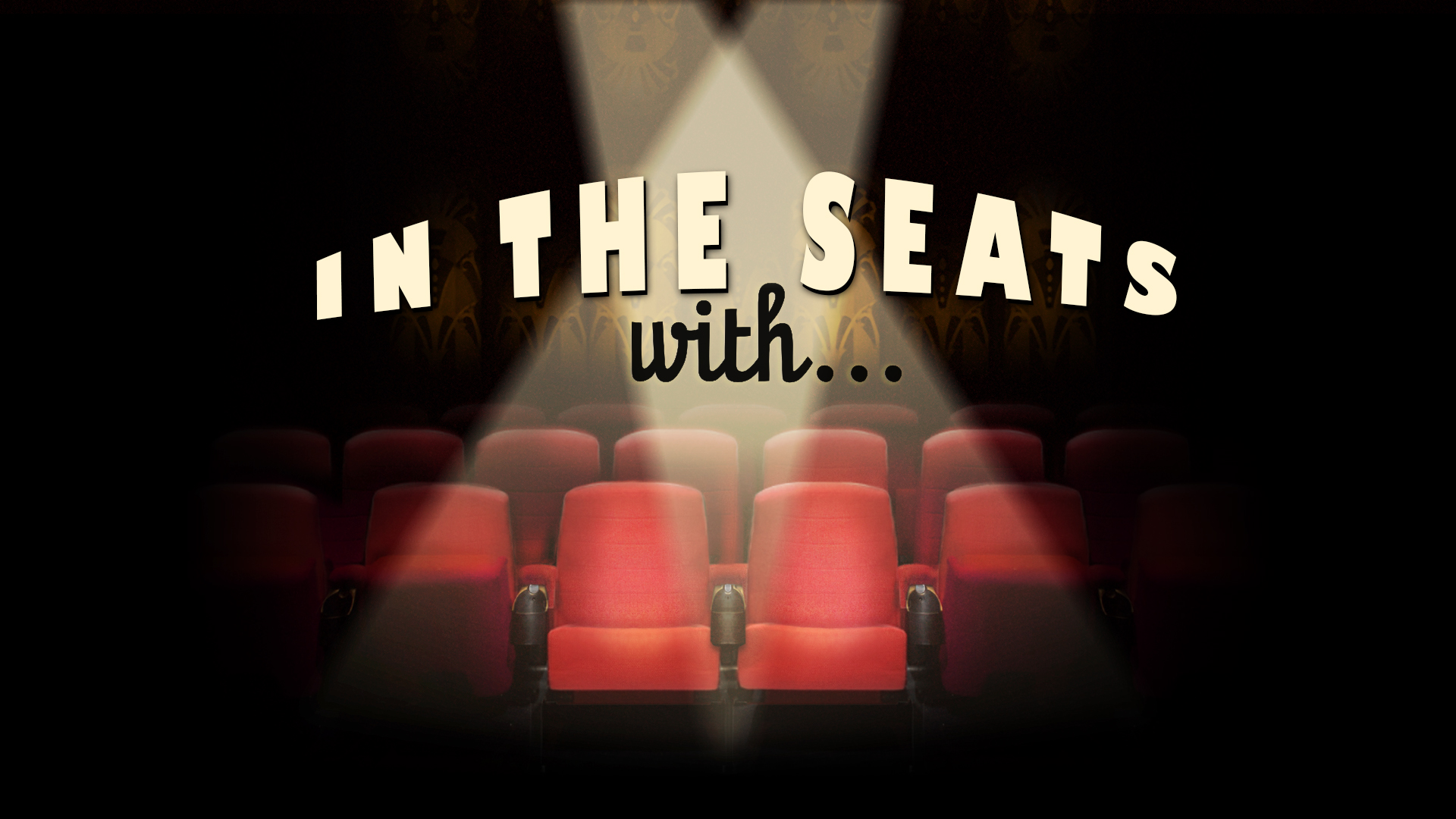
The concept of camerawork is a unique conundrum in animated cinema. There is ultimately no physical apparatus present in an animated film, and as a result, the more an audience is aware of an animated camera, the uncannier it may seem. The majestic beauty on display in Lavitan director Gints Zilbalodis’ feature debut Away, proves that there is nothing stopping animated cinema from fully realizing the potential of its camera.
This is the dreamlike story of a young boy traversing across a mystical island on a motorcycle with his bird friend, all while being slowly pursued by a shadowy manifestation. The film is entirely sans dialogue, yet, the lack of audible communication is one of the film’s central strengths. In no way is this a gimmick. Rather, avoiding dialogue allows Zilbalodis to refocus the audience’s attention to the impeccable visuals present. Flat out, Away is one of the most beautiful films of the year. It is nigh difficult to describe the sensation of anytime the film goes to a landscape shot that is striking in its complexions. Furthermore, the lack of dialogue provides opportunity for the film’s impressive sound design to stand out. Small sound effects such as the filling of a canteen, or footsteps crushing thickly packed snow, feel all the more realistic because of our heightened sensitivity to them.
The most impressive feat of Away is just how lifelike Zilbalodis’ camera becomes. I can think of no animated features that feature long swaths drawn to look handheld and independent. Zilbalodis’ world becomes infinitely tangible as a result, and the end product is poetically haunting. Away is one of the most impressive feature debuts of the year, and a must watch for any serious animation connoisseur.

